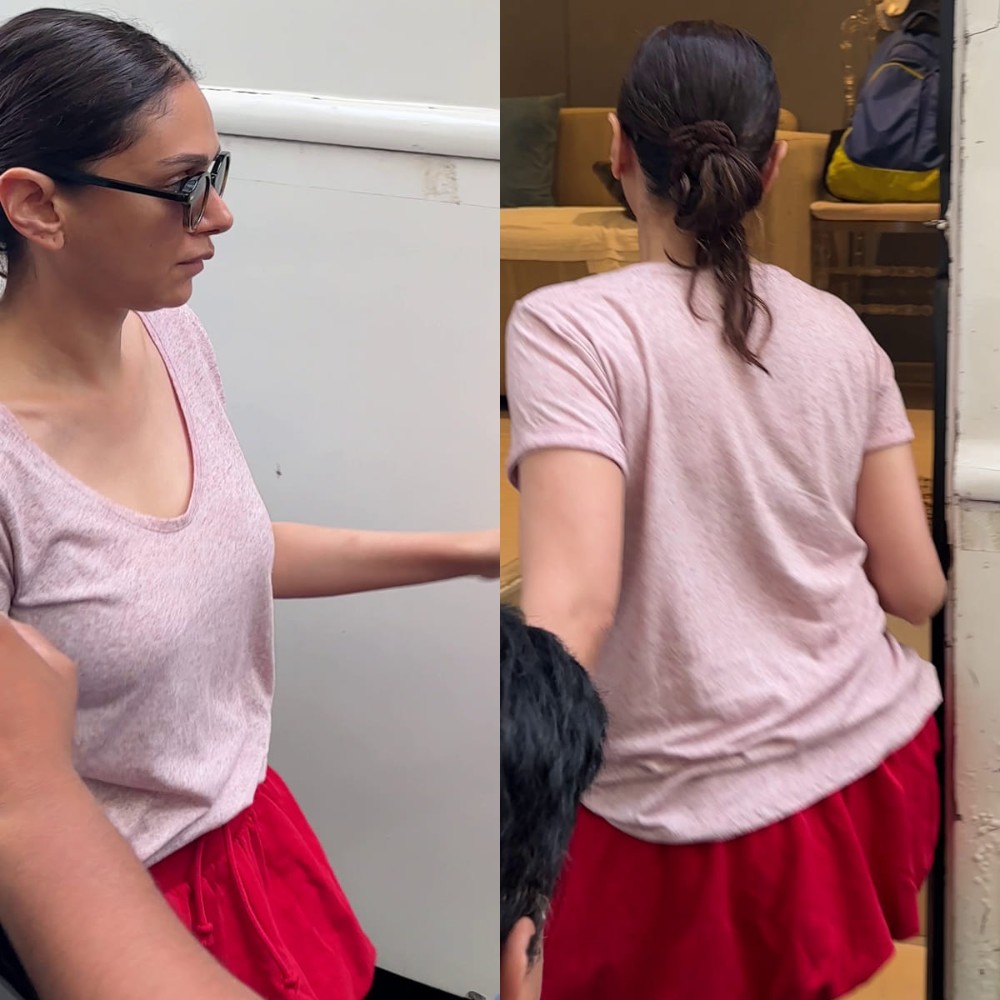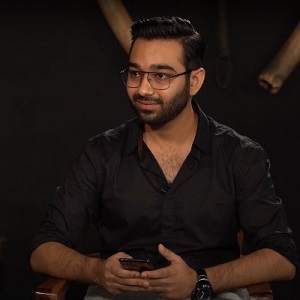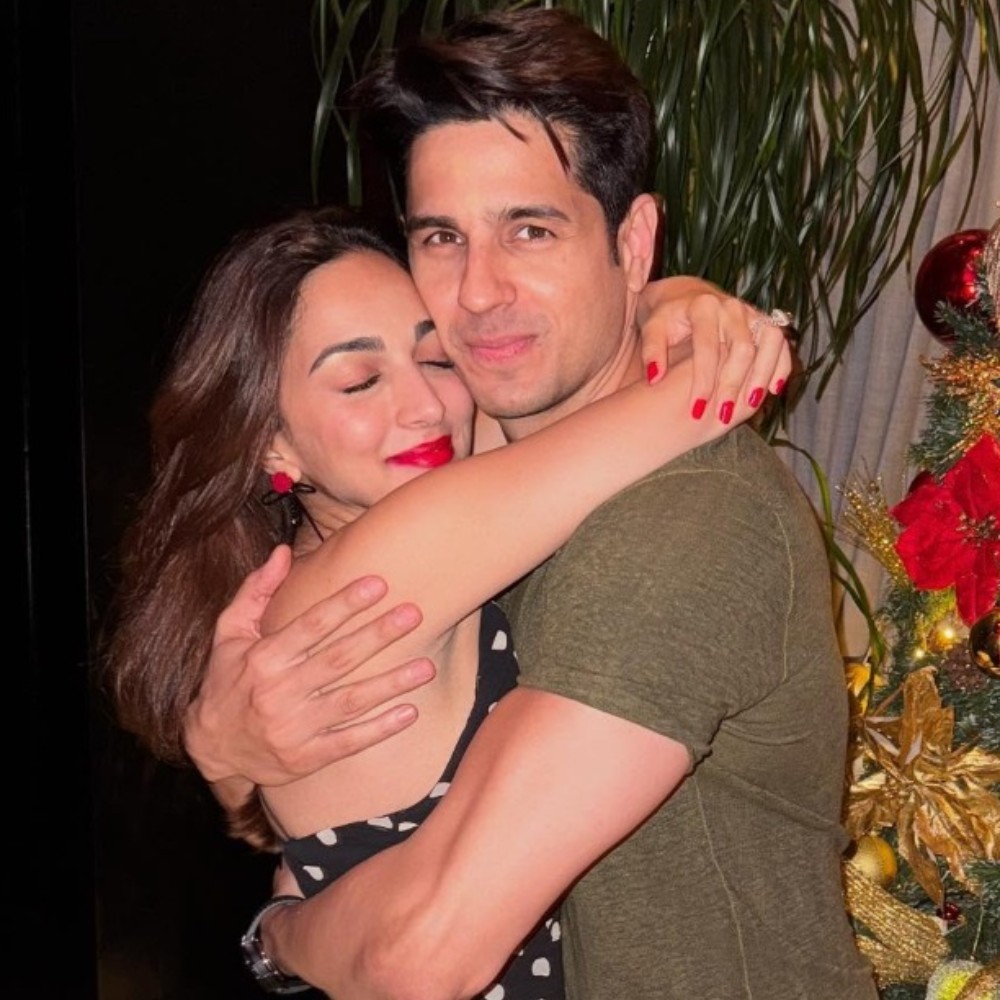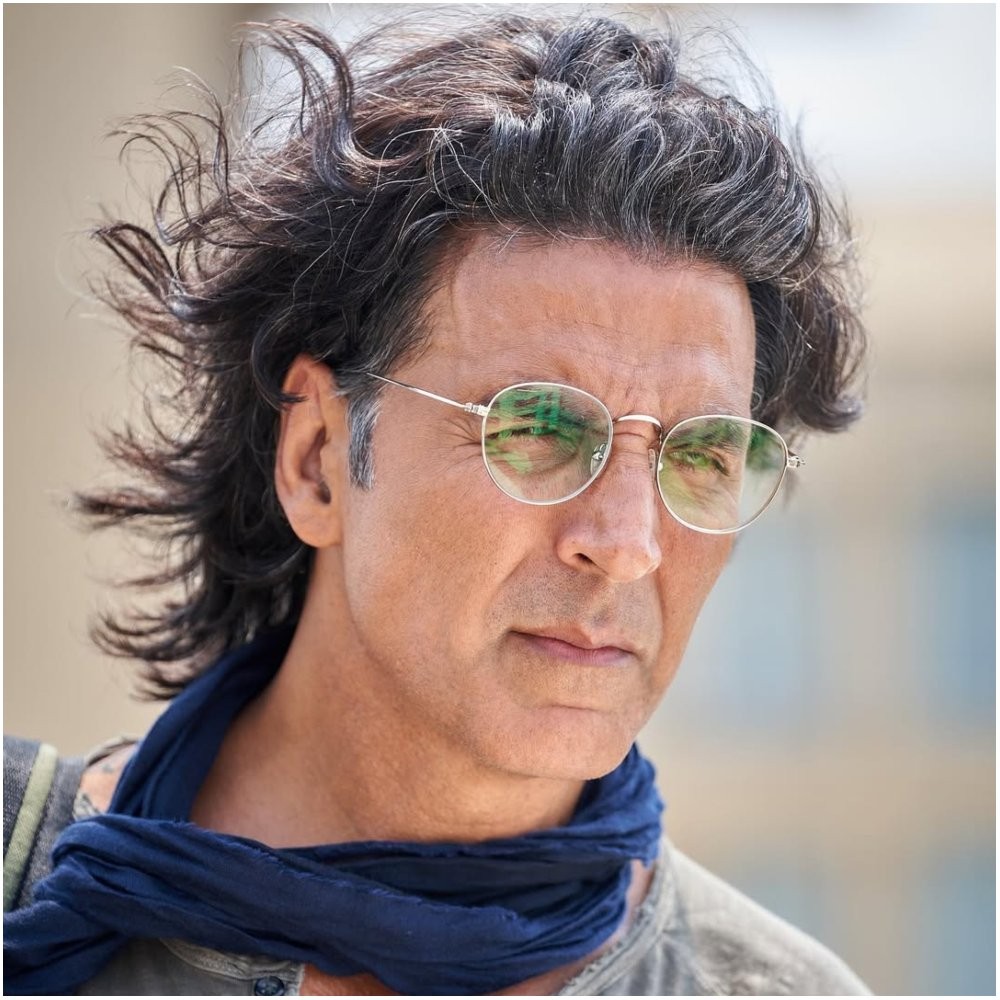Mirroring The Industry: How to get back audiences for midsized films? Theatre exclusivity & lot more
Actors like Ranveer Singh, Varun Dhawan, Kartik Aaryan and Ranbir Kapoor too need to take a conscious decision to stick exclusively to the theatres, even if it means encountering a couple of failures

The debate about the future of small and midsized films for the big screen refuses to die in the Hindi film industry. People have arrived at several conclusions but the solution to this issue seems like a culmination of all conclusions. The first and most important issue is the idea of Hindi films even today taking the direct to digital route. With mainstream actors making themselves available for free on digital platforms, it is becoming difficult to position a certain content as theatrical. The genre, cast and other facts associated with the film is quick to lead the audience to the conclusion of it being a direct to digital film.
Why will the audience spend money when stars are doing bigger stuff for OTT than theatres?
A certain genre of film is also perceived to be a straight to digital film by the audience as the OTT platforms of late are flooded with content in this space. If Aditya Roy Kapur was available for free in The Night Manager, which was a bigger looking content than his theatrical film, Gumraah – would the audience splurge money in theatres? Same is the case for a lot of actors, including relatively bigger ones like Sidharth Malhotra. The actor’s last two films, SherShaah and Mission Majnu, took a straight to digital look, of which SherShaah found genuine appreciation in the audience. His next, Yodha, falls in a space like SherShaah and Mission Majnu, and the question now is – will the producers be able to position it as a theatrical film? Vicky Kaushal too has made himself available for free on OTT, and same for Rajkummar Rao.
Shahid Kapoor too is making himself available for free wherein an action film like Bloody Daddy is coming on OTT, and a niche thriller like Mumbai Police is slated for a theatrical release. There's no clarity on the release date of his robo-com with Kriti Sanon, already leading to confusion around the platform of it's release. But why do these speculations arise in first place? If the actors are meant for theatres, it goes without saying that the film will also release in theatre. The confusion scenario is for everyone to see. Same can be said for some of the actresses too, doing straight to digital films – eg. Sara Ali Khan, who truly has all qualities to be a commercial film actor, if she picks up the right films. These actors need to make themselves a little exclusive for the audience. Ayushmann Khurrana is the smarter one among the aforementioned actors, and the theatrical returns will come his way sooner or later. He misfired on the content front with the last few films, but hopefully, a course correction will happen. Actors like Ranveer Singh, Varun Dhawan, Kartik Aaryan and Ranbir Kapoor too need to take a conscious decision to stick exclusively to the theatres, even if it means encountering a couple of failures at the box office. Of course, the author is too small to even advice an actor like Akshay Kumar with a 30 year plus experience, but, there is a need to time his content better, and more focused towards the theater as overexposure across platforms is an issue and also leading to confusion.
While actors and producers are seeing OTT as an opportunity for risk-free money, it is taking away their power of bringing in the audience to theatres. What’s needed from the film fraternity in today’s time to bring back the glory of mid-sized cinema is ‘Theatre Exclusivity’. The quantity of content can and must reduce in the times to come by, but what’s produced for the next two years for any star or a reasonably sellable name, must be for the big screen. There’s an appetite for entertainment in the audience, which at this point of time is sufficed by consumption of content on digital. If not that, there are the tentpole Hollywood films every month, for the big screen experience. While that’s for the classes, the film fraternity has forgotten the mass audience, who are slowly and steadily shifting their base to consume southern content which suffices their appetite.
THEATRE EXCLUSIVITY is the way forward as the habit of content consumption on OTT needs to be reversed. Well, this doesn’t assure success, as there have been actors exclusive to theatres but yet failed. So, the point is, content takes the first and foremost position. Good content is a must to succeed. But that additional push for success to the good content will always be given by the funda of theatre exclusivity. Today, Mrs Chatterjee v/s Norway is headed towards a Rs 22 crore finish in India, which is at par with multiple films in commercial space with top stars. And the reason? Well, it’s Rani Mukerji’s brand and the urge to see her on the big screen. You replace Rani with another contemporary from the 90s, and the film might tank under Rs 7 crore. There’s historical post pandemic data to prove this. Same happened with Uunchai too. Much like Mrs Chatterjee v/s Norway, this one too is a small content film and managed to breach the Rs 30 crore mark. Why? Content films are not working in today’s time. The answer is good content married with Sooraj Barjatya’s brand and a star-cast that excites a certain base of audience.
The efforts to be taken by the producers and actors is to make a good film and keep it exclusive for the theatre. Shift the base from quantity to quality. The audience have been cheated enough over the last few years with a plethora of bad content on OTT as also theatres. To win back the trust, all that’s needed is a plethora of good content for consumption on the big screen. Yes, few might fail and it’s a long exercise – but it would be for the larger good. And let’s be honest, 95% of the films that have failed in the post pandemic world deserved to fail as the content in itself was not upto the mark. They would have failed pre-pandemic too, just that the minimum guarantee of stars that existed in pre-covid world is now lost.
But the fight isn’t one sided from merely the producers and actors. The exhibition section in specific needs to come out for the support. The cost of releasing a film needs to go down, the cost of marketing needs to go down and this can happen when everyone stands united in support for the larger good for the coming two years. The VPF charges by multiplexes on a small film and a big film are the same. But there needs to be a slab on this basis the budget. Same for the pricing policy and the FnB rates. The ticket prices for the smaller set of films needs to go down to a flat model, to reconstruct the habit. Again, it’s not a change that would happen overnight. 10 to 15 films might not get an audience, but once the statement is stamped in the mind of viewers, it would start gaining momentum in the longer scheme of things. Of course, big budget spectacles will continue to have those premium pricing, but relatively smaller films need to adopt the flat pricing model @ Rs 150 – Rs 175 to get some sort of footfalls. The meal combos also need to come in to place, with pop corn and samosa's combo available for Rs 200, rather than just samosa for Rs 200 and pop corn taking away another Rs 400 crore (We wonder why so expensive?). The cost of viewing a small film for a family of 4 if they buy one pop corn also goes to Rs 1500, assuming that the tickets are lower than usual at Rs 250 for evening show. And mind you, Rs 250 is considered low pricing for a small film.
The FnB rates also need to come down for a limited period. It has often been proved that we live in a price sensitive country. When Jio was launched, Mukesh Ambani didn’t think of entailing losses in the initial 2 years by providing internet for free. What he aimed at was to get a large user database registered for him for long term gains. Same model needs to be executed with films as well, as the post pandemic game has changed, and everyone is starting from Zero. Jio didn’t take over the monopoly of Vodafone in the first 3 months, it was years of sustained efforts to be numero 1 today and mint money. Probably a similar model by giving incentives in the long run will do wonders. Well, it’s all about winning our audiences back! Let’s team up and revive the magic of cinema with right content at the right price on the right platform i.e. theatres.





 JOIN OUR WHATSAPP CHANNEL
JOIN OUR WHATSAPP CHANNEL








































